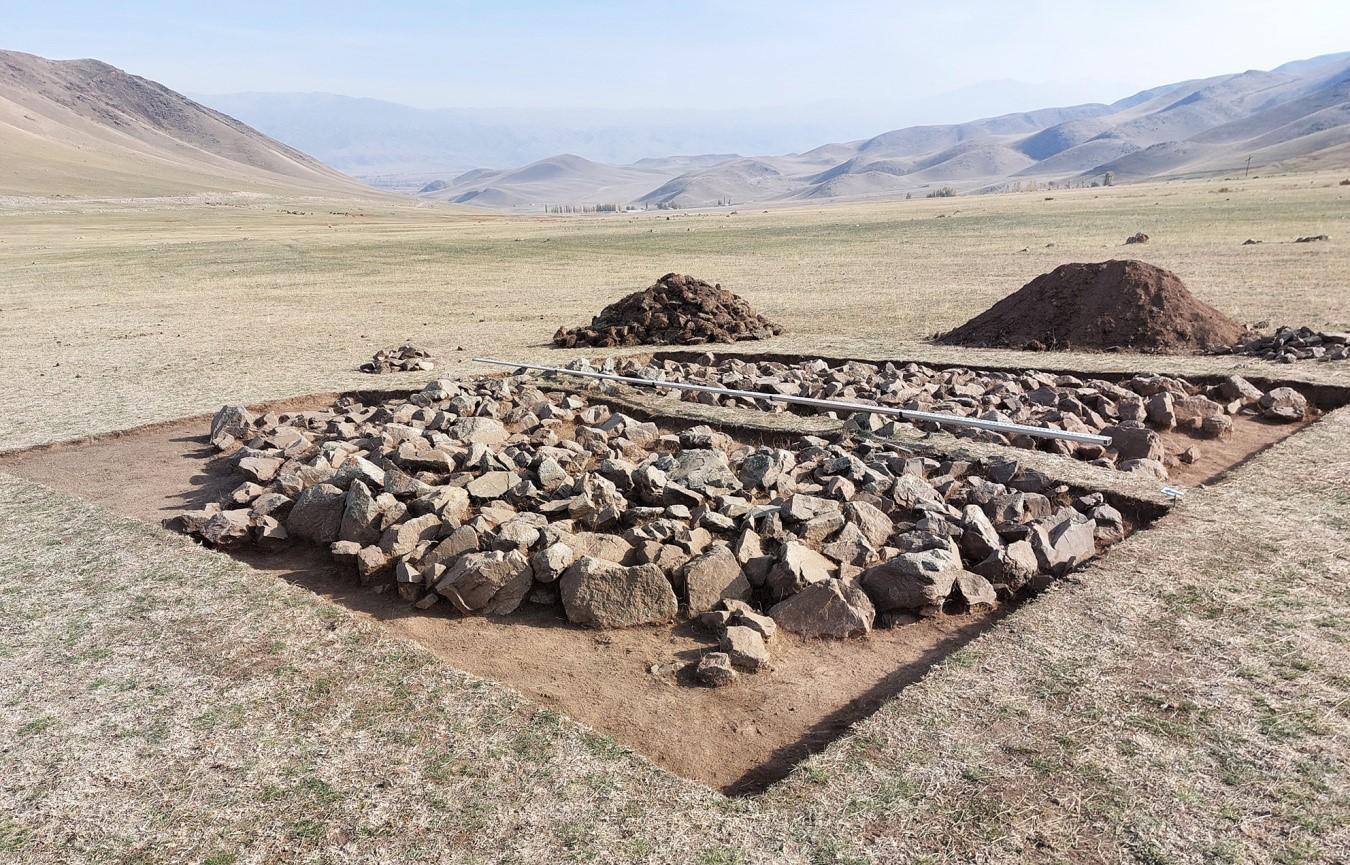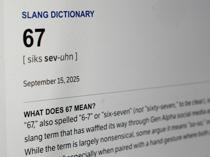Ancient stone carving from early Turkic era unearthed in Kyrgyzstan
BISHKEK

Archaeologists in Kyrgyzstan have discovered a rare artifact believed to date back to the early Turkic period during ongoing excavations in the Chüy region.
The find — a carved stone featuring the depiction of a woman wearing a three-horned headdress — offers fresh insight into the spiritual and artistic traditions of Central Asia’s early nomadic cultures.
According to a statement by the International “Greater Altai” Altaistics and Turkology Center, the discovery was made near the village of Kızıl-Oktyabr in Kemin district, within the Borombay archaeological complex.
Researchers unearthed the relic while excavating a kurgan, an ancient burial mound common across the steppe civilizations.
Experts noted that this type of tumulus structure had never before been encountered in the Altai region, describing the find as “the first of its kind.”
Preliminary assessments suggest that the site may date to a pre-Turkic period, possibly linked to the Kenkol culture or an even earlier era. “Alongside the ongoing excavation, we also examined prior research results in detail,” the statement read.
“We identified several other stone constructions featuring elements characteristic of monuments known as ‘hekersur,’ typically associated with Inner Asia’s nomadic peoples,” it said.
In total, archaeologists have documented 41 distinct structures within the Borombay site. However, experts lamented that many of the burial mounds had been looted over time, while others suffered damage during the construction of modern roads.
Despite the losses, the newly uncovered stone carving stands out as a significant addition to the archaeological record.















